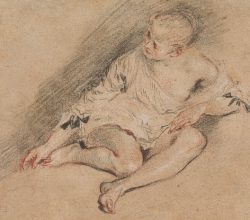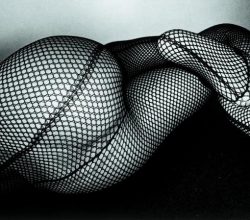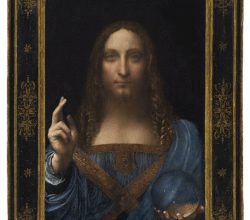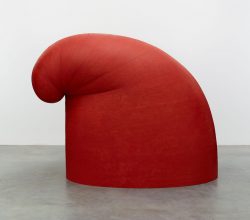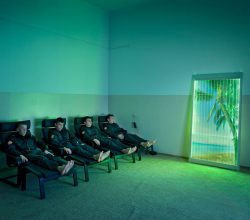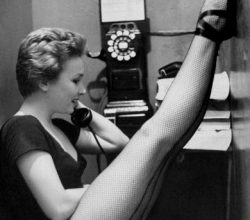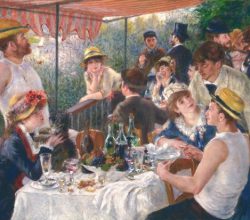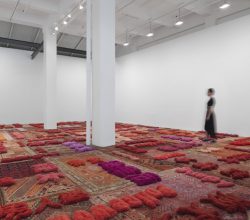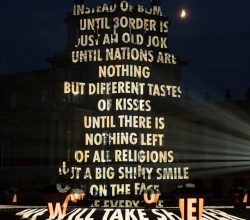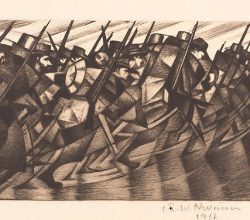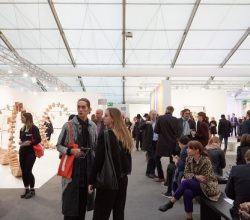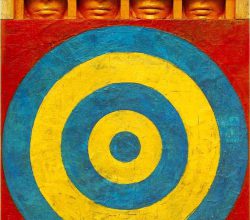
EASEL ESSAY: “How to See the World Properly”: An Interview About Jasper Johns
Morgan Meis | 17th October 2017
A companion piece to Morgan Meis’ recent Gallery Essay.
The Royal Academy of Arts landmark survey of Jasper Johns work, “Something Resembling Truth”, was co-curated by Roberta Bernstein, a personal friend of Johns. Johns has said about his work “I have no ideas about what the paintings imply about the world. I don’t think that’s a painter’s business.” Morgan recently interviewed Roberta about this famously elusive artist.
“He is a complex man and his art is challenging. The understanding of a painting as a real object occupying space was so vividly conveyed [by Painting with Two Balls (1960)] and made me think about art in a new way. [Johns] is, I think, struggling with (and also fascinated by) the impossibility of fixing meaning or meanings. He’s more interested in how the mind … constructs meaning.”

